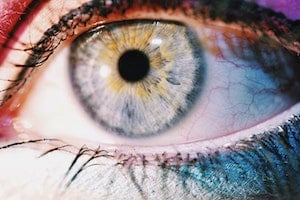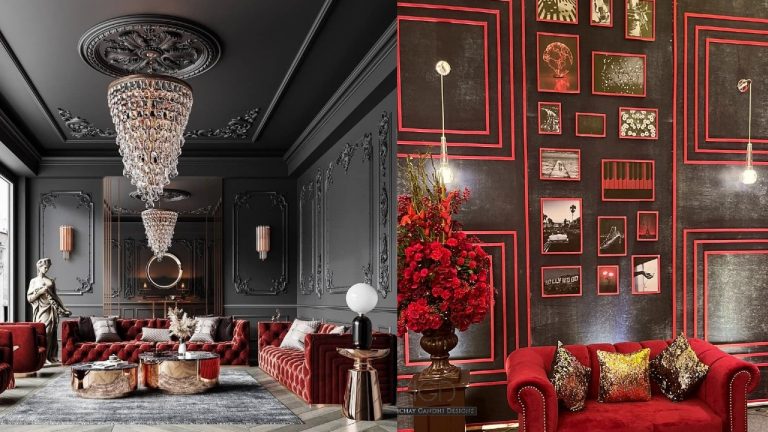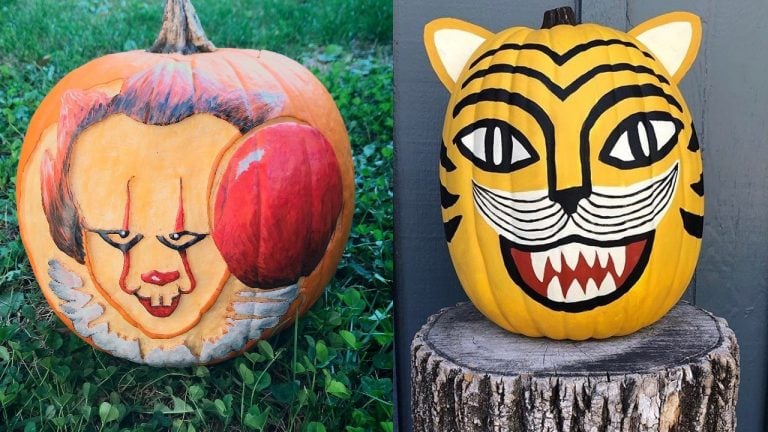Red logos are powerful and vivid, as they command attention from the individual and create a memorable image. Red is the color of passion and bold energy, which is perfectly suitable for marketing campaigns.
Famous brands like Coca-cola, Netflix, Colgate, and Kmart utilize red logos. Red has proven to produce feelings of excitement and enthusiasm psychologically. Some brands have long employed red logos to help them stand out and be noticeable and visible.
Red can also be taken as a warning or a need for action. It can alert you to any danger about to occur quite effectively. If you want to learn more about red logos, stop and check out this article.
Red is often used in marketing campaigns that aim to produce strong emotions. Red is a bold, commanding, and fiery color that makes you stop and take notice. Many reputable corporate brands use red in their logo. The following include some famous logos with the color red:
Coca-Cola ™

The logo for Coca-Cola is one of the world’s most recognizable brands. The color red correlates with a sense of urgency, which helps with impulse buying, as it is the most visible color. Some of the ideas that Coke related to the logo:
- Passion
- Youth
- Energy
- Love
Initially, the famous red and white logo was meant to portray professionalism and seriousness. One hundred thirty years ago, Coke was sold in barrels at drug stores, just like alcohol. To make the distinction, Coca-Cola began painting its barrels red.
McDonald’s™

The McDonald’s logo represents the desire to eat, be happy, and do so in a quick and timely manner. The color red indicates speed, and McDonald’s is known to have your food ready quickly. Some of the feelings generated:
- Hunger
- Warmth
- Optimism
- Friendliness
The bright red background of the McDonald’s sign is cheery and fun. The red and yellow logo reminds people of the two main condiments: ketchup for your fries and ketchup and mustard on your cheeseburger. McDonald’s wants us to consume their food.
TIME Magazine

TIME magazine has the most extensive readership for a weekly news magazine. The red color is used to convey the power and good reputation of the magazine. It is bold and eye-catching. Some other sentiments associated with the logo:
- Trustworthiness
- Progression
- Thoughtfulness
- Reliability
The TIME magazine logo is meant to stand out among a collection of magazines in the news genre. The logo looks powerful and bright and reflects the brand’s leadership.
Netflix

This streaming media company uses red and white for its logo. The color red symbolizes passion and positive energy. It is meant to catch the attention of the viewer immediately. Some of the other messages associated with the red N for Netflix:
- Excitement
- Vitality and energy
- Increased heart rate
- Increased blood pressure
All the above associations with red give you the feeling that something thrilling is about to happen. It is the feeling that Netflix wants to derive when you see the red symbol for their platform.
H&M

H&M is a popular clothing brand known for fast fashion for young people. It is a very hip, fun little store with men’s, women’s, children’s, and teenagers’ clothing and accessories. The logo must be trendy. Some of the emotions evoked by the H&M logo:
- Passion
- Courage
- Revolution
- Energy
The brand hopes to reflect its positive energy with the distinctive cursive Scarlett-colored logo. It is fresh and modern, capturing the attention of everyone who walks by the store.
Colgate™

The Colgate logo has two primary colors: red and white, as the two colors tend to market well together. The logo stands out probably more than any other toothpaste brand logo. Some of the feelings it elicits:
- Energy
- Health
- Strength
- Enthusiasm
The white in the logo represents white teeth. It demonstrates the brand’s commitment to creating a pure and genuine product. The arc under the inscription portraying a smile pays homage to the brand’s ability to improve dental health.
YouTube

The Youtube logo includes a big red play button to the left of it. It is meant to entice viewers to click directly on it. The logo is basic, as it looks like the play button on an old VCR. Some of the emotions it renders:
- Simplicity
- Relevancy
- Excitement
- Vivacity
YouTube is the most popular free video-sharing website for watching online videos. It makes sense that it would have such an uncomplicated yet memorable logo that grabs your attention from the onset and remains in your memory.
McAfee

McAfee is a cybersecurity company known for having the best antivirus software. The protection it offers is unmatchable. It retains near-perfect scores in anti-malware trials. The vibe you get from the logo:
- Courage
- Warning
- Commitment
- Warmth
Many people see the McAfee logo as a shield protecting its users from unsightly cyber-attacks. The red and white in the logo portray McAfee as a robust and reliable company. The red color symbolizes that action should be taken immediately.
Kmart™

Kmart is known for its great deals and ridiculously low prices. Its logo is highly identifiable, as people associate it with the original five-and-dime store. It represents a professional look with an approachable twist. The messages conveyed with the Kmart logo:
- Power
- Passion
- Energy
- Strength
The Kmart logo reflects the company’s passion for serving the low-income sector of folks and is a symbol of trust and consistency among the brand. The red logo symbolizes an active movement, which reflects the customer’s need for a better deal NOW.
Levi’s™

Levi’s is a classic company known for its signature blue jeans. It is known for its traditional approach to denim. The red and white logo is stable and personifies dependability and strength. The logo is trying to communicate the following:
- Classic style
- Long-lasting
- Freedom
- Quality
Levi’s is one of the world’s most well-known fashion brands, and the logo reflects that. The red logo is meant to illustrate confidence and power. Once featuring two horses, the current logo stands on its own quite remarkably.
Final Thoughts
Red logos deliver a clear, powerful message. Red is an emotionally intense color that allows the logo to stand out and command attention.







